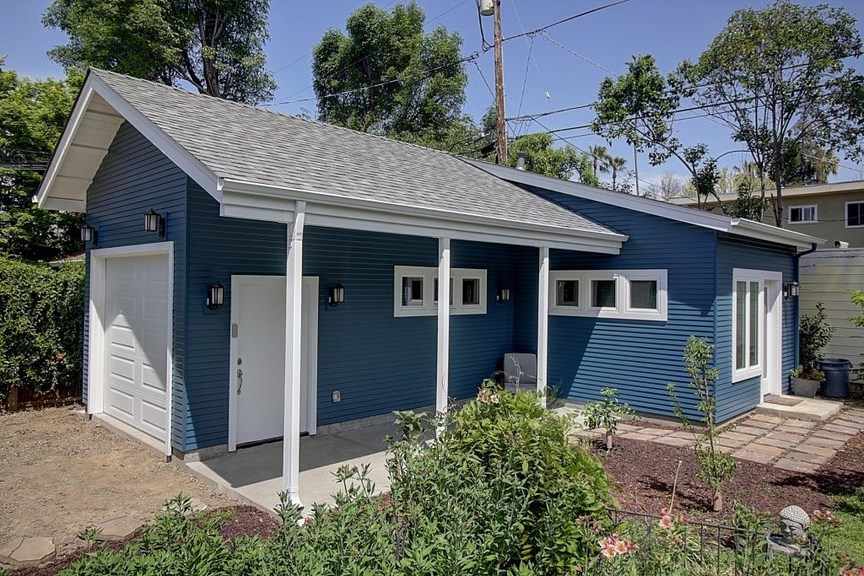
When you need to build an ADU, you have to meet regulations before it becomes operational. You are free to rent your ADU if it meets the set standards by the local authority in your area or state. You can use it as a home office or guest house. Many cities encourage the building of ADUs to help seek the urban housing problem. Despite this directive, you need to follow the set standards in constructing an acton ADU. You will have an easy time with the administration. The following are the common regulations to checkout for in your construction journey.
Setback, Height, and Density
The common ADU regulations check the ADU height, required setback, and constraints density. A setback is a distance between your adjacent property line and the ADU edge. The residential density is the number of ADU units you can construct on a specific land plot. The density constraints differ between cities and counties. You need to check with your area to be sure.
The restrictions for ADU maximum height differ between states. You need to observe them for you to be able to get the construction permit. The cities have their regulations on ADU heights. You will only have an excuse over these restrictions if your ADU is inside or attached to the main residence. You can build your ADU at the same height as the main residence in such a case. Check the zoning district requirements on the minimum setback. Many zoning districts need the distance between ADUs and adjacent properties to be wide enough to permit fire safety.
Size Limitations of the ADU
Your country, city, or state can have the size limits of a new ADU. Many counties and cities have specific ADU size restrictions. They can set a limit of 850 sq ft for a single bedroom ADU and 1000 sq ft for more than two bedrooms. California has its limit of 1200 sq ft as the maximum size for detached ADUs. It also permits the 800 sq ft detached ADU, provided it has a maximum height of 16ft with a 4ft rear setback and minimum side. In Pinellas County and Saint Petersburg, the ADU must be 50% of primary property square footage. The construction has to be the same. Other guidelines examples include:
- Dedicated parking (single)
- Cement or concrete walkway
- 9-foot driveway
Utility Connections
Water, gas, and electricity have some vital considerations to observe. Your preferences and needs play a bigger role here. You can connect electrical panels to your main house if you meter them separately. An ADU for family members allows using one fuse box between the main house and the ADU. The same applies to the water supply. You need to observe your zoning district health approvals before your ADU becomes operational. In Los Angeles, you won’t get the approval of the sewer line isn’t connected to the downstream line from your house. You need approval for septic tank connections.
Extra Parking Requirements
California needs the homeowners to offer extra parking for ADUs made. In San Francisco, you make indoor spaces for bicycles to limit parking needs for any new ADU. In Los Angeles, if you demolish or convert a garage into an ADU, you can’t replace your lost parking space.
Conclusion
These regulations differ from one region to another. Ensure you follow the set standards in your region.










